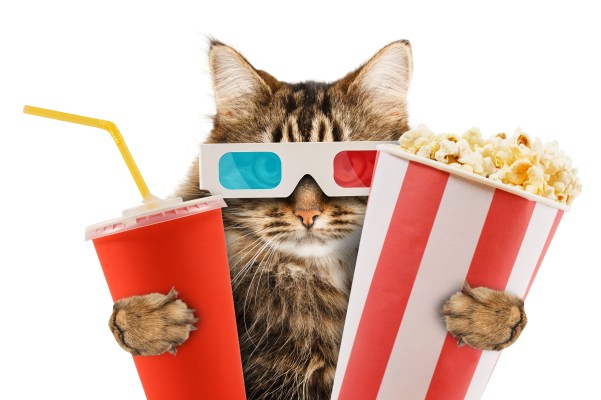User interfaces traditionally have been 2D for desktops and the web. Mobile phone apps, while supporting 3D for specific cases like games, also have been 2D. The Flat UI design movement, although incorporating subtle elements of 3D, has only reinforced that 2D is the main and most optimal interaction mechanism for existing computing devices.
Conversely, full 3D has always occupied niches, such as games, movies and industry-specific applications. A fully 3D UI was never going to replace the current simple and familiar 2D interface of your desktop or mobile phone.
Other attempts to usher in 3D via the web (such as WebGL or VRML) have always failed because the web is natively 2D and easier to learn and interact with using your finger or a mouse; 3D elements always just added unnecessary complexity and friction without providing a significant improvement in user experience.
This is about to change, however, with the release of virtual reality (VR) devices this year and augmented reality (AR) devices in a few years. VR and AR have the potential to completely transform our computing interface from being primarily 2D to 3D.
VR and AR deliver immersive experiences to users by surrounding them with realistic 3D worlds. Additionally, new input devices like the Oculus Touch controllers or hand tracking via a Leap Motion controller allow for new 3D hand gestures. Almost all of the content currently being developed for VR will incorporate 3D elements.

Pinc is a VR company trying to bridge the gap between 2D and 3D
Content being primarily 3D will have several implications and will provide new opportunities for startups:
Established 3D authoring environments like Unity and Unreal become increasingly more valuable. The majority of VR content today runs on either Unity or the Unreal Engine. As VR and AR become more ubiquitous, the number of people wanting to create content for those platforms will also grow. These platforms are the default choice for people entering the industry due to their established ecosystems and credibility (the majority of the top-grossing mobile and console games are built on these engines).
It’s also difficult for new players to enter this space because of the time required to not only create the underlying rendering engine but also the comprehensive tool chain that empowers non-engineering members of a team, such as artists and game designers, to be productive.
Simpler ways to create 3D content have to be developed. There isn’t yet a WordPress or Weebly of 3D content, as there hasn’t been a major demand or channel for it. It’s arguable that the simplest 3D authoring tool today is Minecraft. SketchUp is also fairly easy to use and is closer to professional tools like Autodesk’s 3DS Max or Maya.
Professional 3D authoring tools will need to become more cost-efficient. To create a 3D model or character today, it requires an artist to first create the model, then texture it. If the model is a character, they would also need an animator to rig and animate it. All of this work is time-consuming and makes creating 3D content a laborious affair (relative to 2D content creation).
Even with this extra effort, the content that’s produced is rarely photorealistic and often falls into the uncanny valley. Software that helps reduce this burden and helps create more photorealistic content is going to be valuable as the demand for high-quality 3D content increases. Our portfolio company Uncorporeal is tackling this problem with advanced computer vision technology. 2D UI paradigms will need to be rethought for 3D.
Every new platform has faced similar challenges. When the mouse was added as an input device and when we learned how to use finger-based touch gestures for smartphones, we had to rethink how most of our core applications functioned. VR and 3D are also going to require a new set of interactions.
Below, Leap Motion demonstrates its 3D interaction engine.
There are going to be a lot of growing pains as we transition from 2D, but we experience the real world in 3D and it’ll be exciting to interact with computers in the same way.
